Principles and Labs for Fitness and Wellness 12th Edition Hoeger – Test Bank
Test Bank for Principles & Labs for Fitness & Wellness 12e
Chapter 4 – Body Composition
Chapter Learning Objectives
1. Define body composition and understand its relationship to assessment of recommended body weight.
2. Explain the difference between essential fat and storage fat.
3. Describe various techniques used to assess body composition.
4. Be able to assess body composition using skinfold thickness and girth measurements.
5. Understand the importance of body mass index (BMI) and waist circumference in the assessment of risk for disease.
6. Be able to determine recommended weight according to recommended percent body fat values and BMI.
True/False
LO# An. Question
1 F 1. Recommended body weight can be accurately determined using height/weight charts.
2 T 2. Storage fat is found around major organs.
3 F 3. Dual energy X-ray absorptiometry uses computerized pressure sensors to determine the amount of air displaced by the person inside the chamber.
3 T 4. If residual volume cannot be measured, the accuracy of hydrostatic weighing is decreased.
3 T 5. Air displacement is easy to administer and compares favorably (according to initial research) with hydrostatic weighing.
4 T 6. Assessing body composition using skinfold thickness is based on the principle that the amount of subcutaneous fat is proportional to total body fat.
3 F 7. Girth measurement is valid for very active, thin, and obese individuals.
5 F 8. The BMI is considered the standard technique to differentiate fat from lean body mass.
5 F 9. Body mass index (BMI) is a better predictor than waist circumference (WC) of the risk for disease.
5 T 10. Mortality rate is higher for obese people and for underweight people.
Multiple Choice
LO# An. Question
1 c 11. Recommended body weight is best determined based on:
a. the amount of storage fat and lean tissue.
b. height/weight charts.
c. the percentages of body fat and lean tissue.
d. the ratio of essential fat to lean tissue.
1 b 12. _____ is used in reference to the fat and nonfat components of the human body.
a. Percent of body fat
b. Body composition
c. Lean body mass
d. Fat body weight
1 c 13. “Healthy weight” refers to:
a. ideal body weight.
b. standard body weight.
c. recommended body weight.
d. average body weight.
1 a 14. _____ implies the absence of any medical condition that would improve with weight loss and a fat distribution pattern that is not associated with higher risk for illness.
a. Healthy weight
b. Ideal body weight
c. Perfect body weight
d. Lean body weight
1 d 15. Some muscular athletes who appear to be 20 or 30 pounds overweight:
a. are considered obese.
b. need to reduce their weight.
c. are considered abnormal.
d. really have little body fat.
1 c 16. The best way to determine whether people are truly overweight or falsely at recommended body weight is:
a. to monitor body weight on a regular basis.
b. to use the simple height/weight charts.
c. through assessment of body composition.
d. to correlate the body weight with body height.

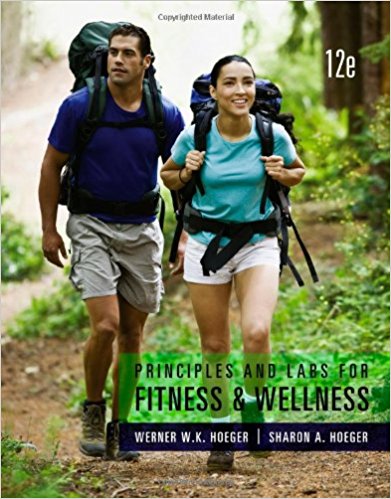




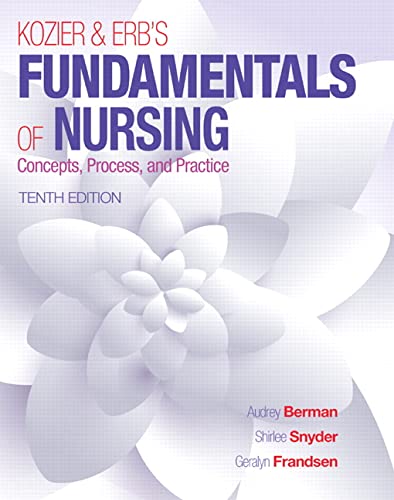
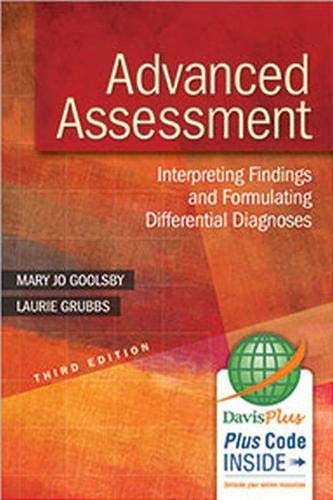
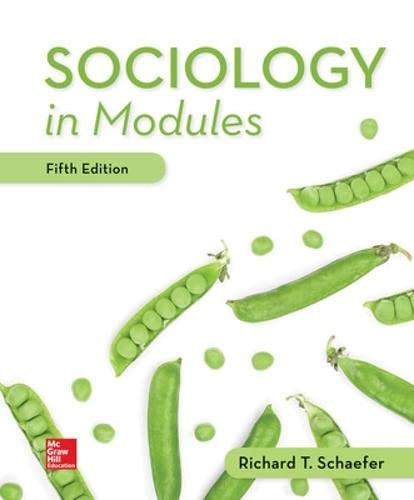

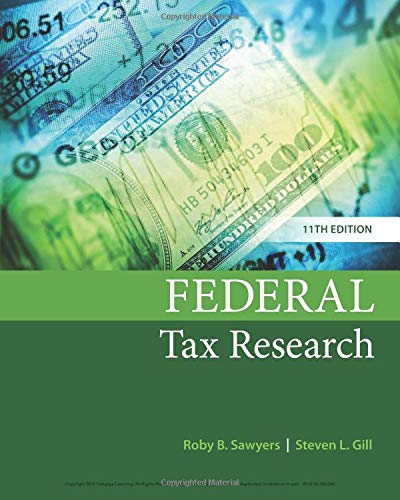
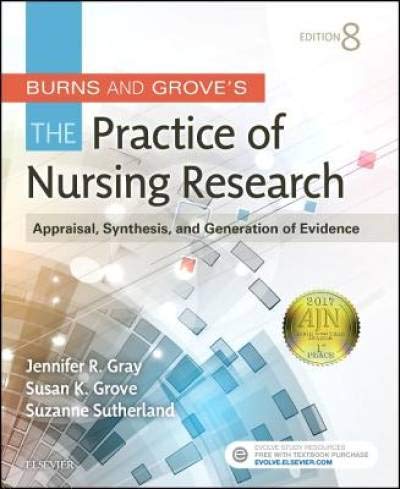


Reviews
There are no reviews yet.